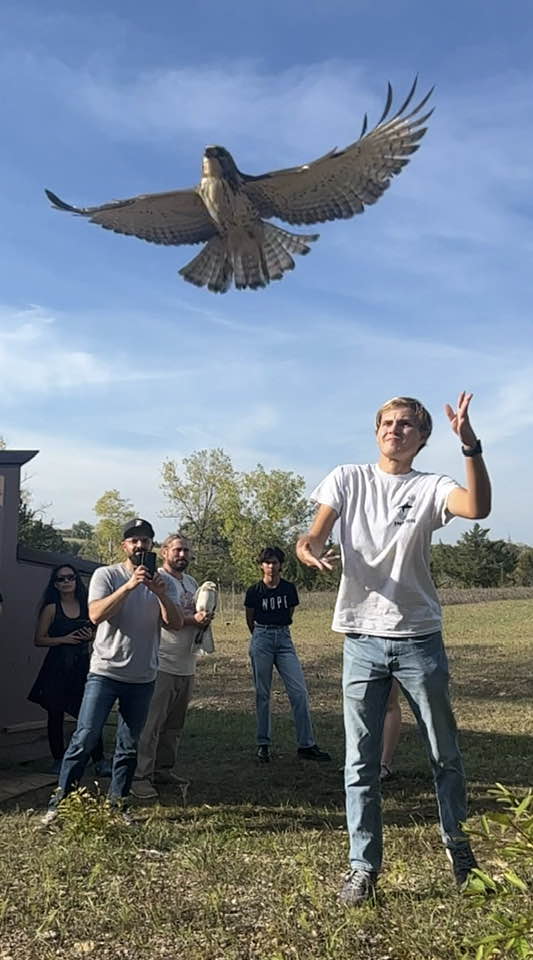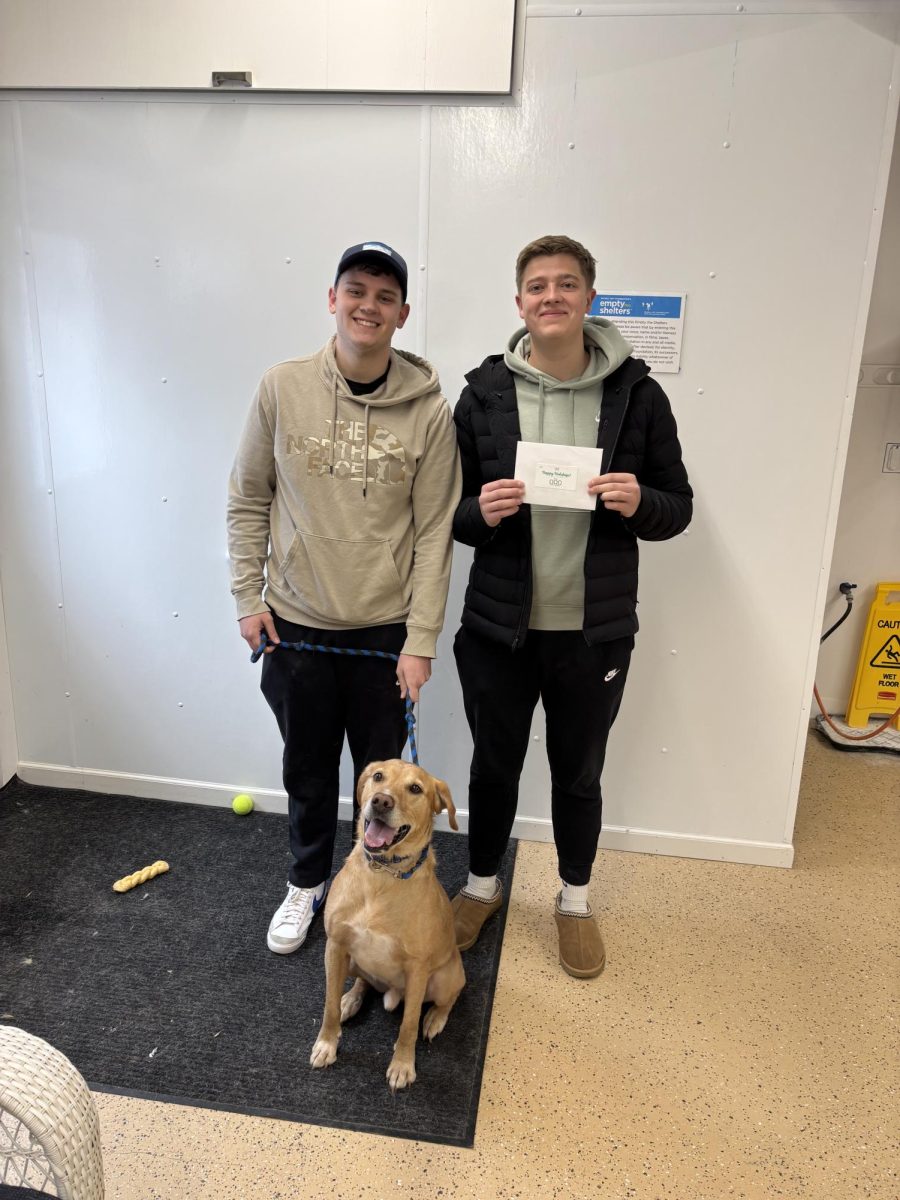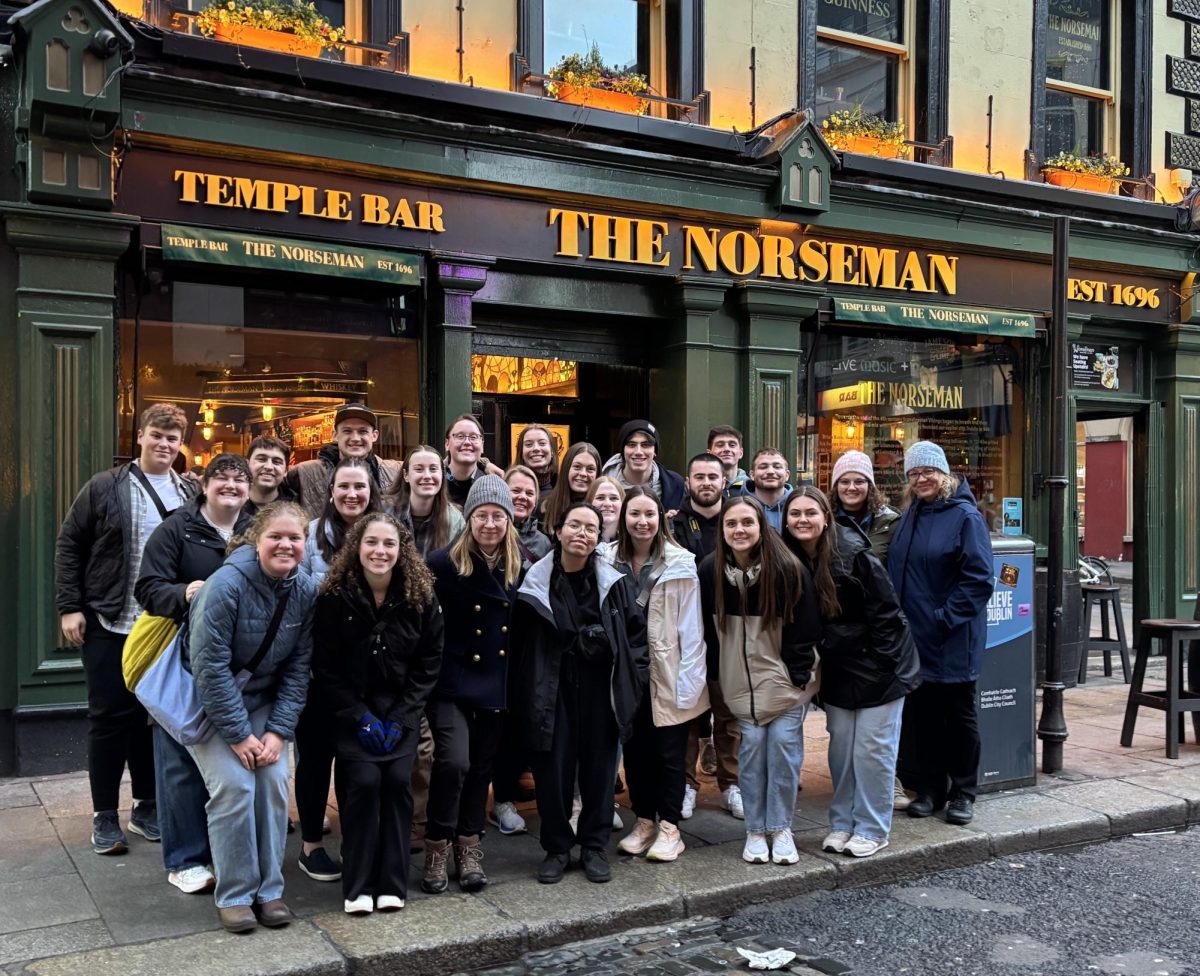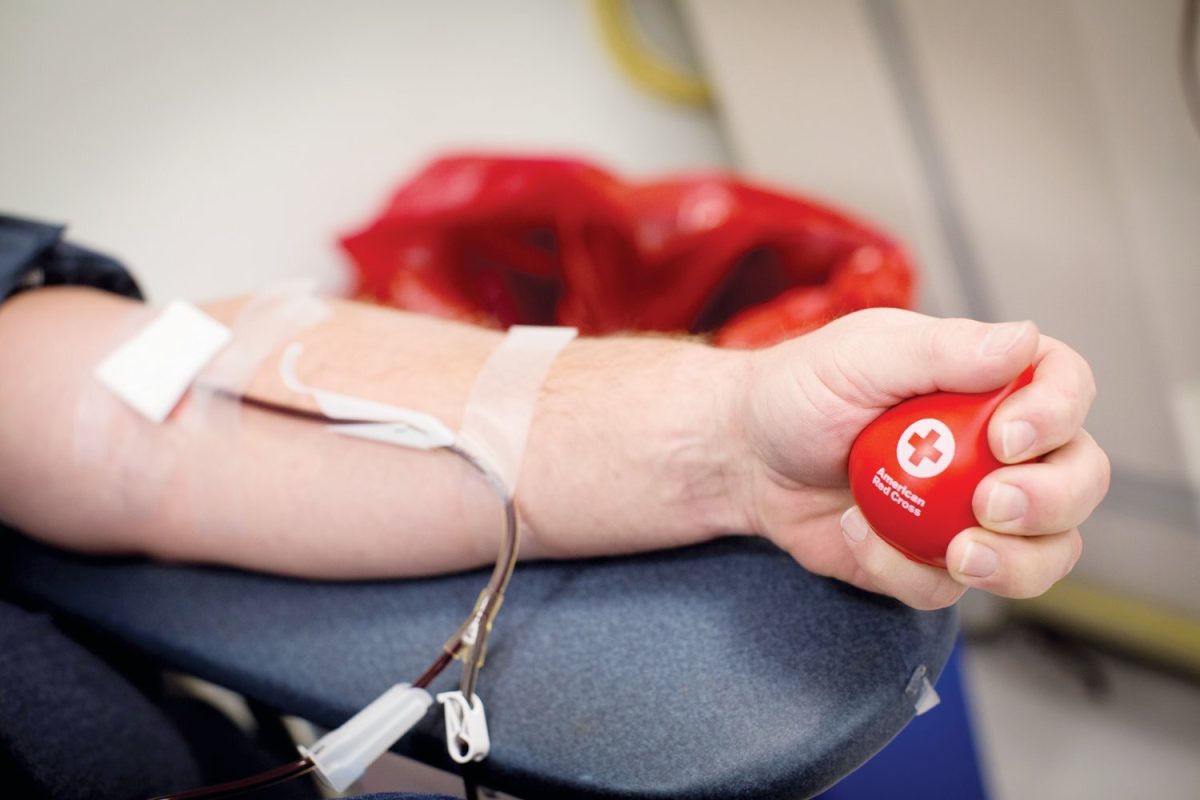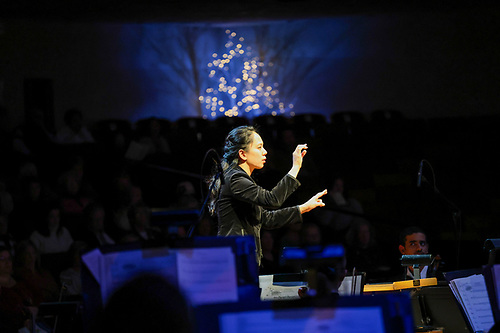On October 1, a Great Horned Owl got caught in a soccer net near the Luther Athletic Fields. Though this is not a common occurrence by any means, the Decorah Police Department knew exactly who to call: the Raptor Resource Project.
Founded in 1989, the Raptor Resource Project is a non-profit organization based in Decorah. Originally, it was meant to help return peregrine falcons to the wild, a species that was completely eliminated from this region and in danger of extinction. Bob Anderson, the founder of the organization, was instrumental in the return of peregrine falcons to both the Mississippi River cliffs as well as the larger Midwest.
After the peregrine falcon was removed from the Federal List of Endangered and Threatened Wildlife in 1999, the Raptor Resource Project has expanded their focus to banding research, data collection, and live streaming. All of this ultimately leads to the conservation of birds of prey in Iowa, Minnesota, Wisconsin and Colorado, which they achieve through education programs that inform people around the world about raptors and their habitats.
When the Raptor Resource Project and master bander Dave Kester arrived at the soccer pitches to help the Great Horned Owl, he removed the net from the bird, checked it for injuries, and then set it on the ground to recover by itself. The bird is expected to be completely fine, as it was not injured, just trapped and scared. The Raptor Resource Project has never been called about a raptor tangled in a net, so this was a first for this particular situation.
A typical rescue starts with a call from a police department, state DNR, or a concerned citizen. The call can be anything from dazed and confused fledglings, to peregrine falcons that have collided with a window. The Raptor Resource Project does not typically keep birds in rehab facilities, though they can hold a raptor overnight in order to find the correct care and rehabilitation that the animal needs. Project contributor Amy Ries explained that while a typical rescue might look different each time, they actually have a lot in common.
“We approach the bird carefully, capture it if possible, gain control of its feet and wings, assess it for physical or neurological damage, and take action based on our assessment,” Ries said. “If it is injured, it will go to a rehabber. If it isn’t, we’ll release it and watch it carefully to make sure it flies away. It’s important to understand that not all birds that need help are injured. Some of them are just startled – like a fledgling that grounds on its first flight – they just need a little time to recover before flying away.”
Beyond these rescue programs, and a Decorah Eagle Cam that boasts impressive viewership, the Raptor Resource Project also offers incredible internship opportunities for Luther students. With a grant from the Iowa Department of Resources, Luther and the Raptor Resource Project built a banding station on campus to collect data, create field research opportunities, and teach students of all ages about raptors. Jorgen Olson (‘24) has had the opportunity to work at the hawk blind with all of these raptors. This is his first year of the internship, and he has gotten plenty of time in the field to expand upon his interests in wildlife and ecology.
“Right now, I’m working on my raptor identification skills, learning how to describe raptors based on specific named morphological features, learning about raptor behavior when migrating and hunting, and learning the methods used to capture and tag wild birds,” Olson said. “So far, I’ve only been at the hawk blind for two captures. We caught a juvenile broad-winged hawk and a juvenile Krider’s red-tailed hawk. Both of the birds were relatively rare at this station. I was taught to take measurements and band the broad wing, and I got to release it afterward.”
Raptor enthusiasts can find more information about the Raptor Resource Project’s work on their website, as well as the Decorah Eagle Cam, which highlights a nest located near the Fish Hatchery off of Trout Run Road. The cam will be live starting October 14.

